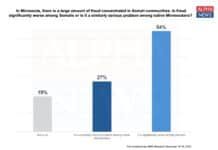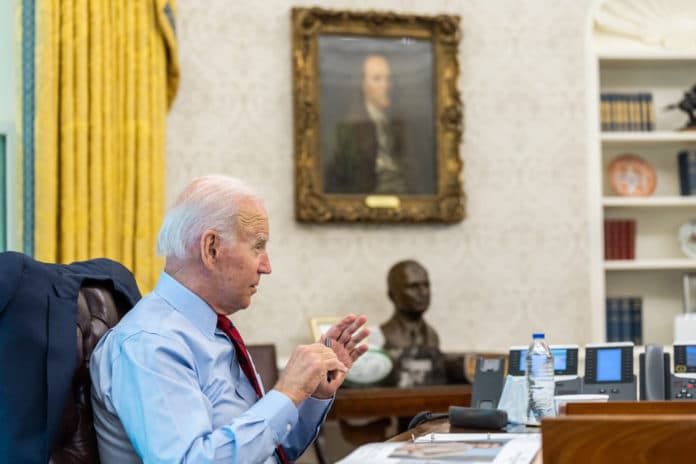(The Center Square) — The Congressional Budget Office released an official cost estimate for President Joe Biden’s student loan cancellation, putting the cost at more than $400 billion.
“As of June 30, 2022, 43 million borrowers held $1.6 trillion in federal student loans,” the group said. “About $430 billion of that debt will be canceled, CBO estimates.”
Other policy groups have estimated the cost of Biden’s student loan cancellation in the same ballpark.
“CBO’s new estimate confirms the outrageous cost of the White House plan to cancel large amounts of student debt, by executive order, to nearly all borrowers almost regardless of need,” said Maya MacGuineas, president of the Committee for a Responsible Federal Budget “The debt cancellation and pause alone will cost $420 billion — a bit more than we previously thought — and costs could reach $510 to $610 billion with their IDR changes. The Biden Administration’s failure to release their own cost estimate should have been a red flag.”
The CBO’s nonpartisan, government-produced number puts an official price tag on Biden’s action and will likely become the go-to reference going forward.
Critics of the plan say it will hike inflation.
“As CBO’s estimates help confirm, the President’s student debt plan would wipe out the ten-year savings from the Inflation Reduction Act twice over, worsen inflationary pressures, and deliver benefits to millions of Americans with advanced degrees in upper-income households,” MacGuineas said. “This might be the most costly executive action in history. With inflation at a 40-year high and the national debt approaching record levels, we shouldn’t be adding to deficits — certainly not by executive fiat.”
Lawmakers blasted Biden, calling the cancellation a “bailout.”
“The Biden Administration’s student debt bailout is even more expensive than we initially thought,” said Rep. Andy Biggs, R-Ariz. “The current bailout will cost Americans $420 BILLION, according to the CBO. This is likely the most expensive executive action in American history.”
But the Biden administration has defended the plan, saying it will bring relief to Americans struggling to repay, especially those who did not graduate and didn’t get the higher salaries commensurate with the education.
“Nearly 90% of relief dollars will go to those earning less than $75,000 per year — and no relief will go to any individual or household in the top 5% of incomes in the United States,” the White House said.
An analysis from CFRB also found that debt will rise to pre-cancellation levels within a decade.
“We estimate that if all eligible borrowers receive debt cancellation, the overall student debt portfolio would return to its current level of $1.6 trillion in five and a half years — in 2028,” CRFB said. “In inflation-adjusted dollars, student debt would return to its current level in 2031.”











